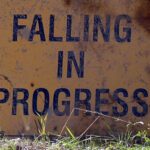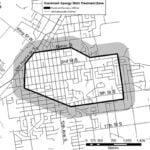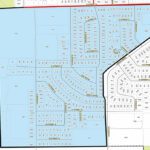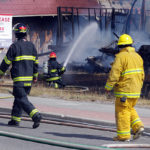Home »

Former Newfoundlander’s journey connects him with his past
 College of the Rockies People: Their Courage, Curiosity, and Contributions
College of the Rockies People: Their Courage, Curiosity, and Contributions
Jonathan Butt, Director of Information Technology at College of the Rockies, has always felt a strong connection to his history. Growing up in Newfoundland, the role the Royal Newfoundland Regiment played in the First World War was ingrained in his schooling, his home, and the culture of the province.

Butt went on to study history at Memorial University, an institution established as a memorial to the Newfoundlanders who lost their lives during the First World War and subsequent conflicts.
As he set out to begin his career as a high school history teacher, local high schools were starting to put in computer networks, leading to an unexpected shift in career focus.
“I had a little bit of computer experience and they needed people to help build some networks,” Butt said. “I volunteered as a way to get a full-time job.”
That experience turned out to change the trajectory of his career. He went back to school, and began teaching computers in Newfoundland and Labrador before moving west to instruct in the college’s Computer Support Technician program in 1999.

Through it all, Butt has maintained his connection with his own family history. He, along with his wife Joanna and daughter Charlotte, recently took a meaningful and emotional trip to France where they visited the site where so many members of the Royal Newfoundland Regiment, including his two great uncles, Stewart Small and John Roy Ferguson, died in the Battle of the Somme.
“We were the last of the family to visit Beaumont Hamel, one of the few, if not the only, preserved battlefields in the Somme area,” he said. “To be able to take our daughter at an age where she could understand what had happened and could relate it to our family history was quite important to us.”
Butt feels a particular connection to Stewart Small Ferguson, who was the 95th member of the Royal Newfoundland Regiment.
“John Roy, or Roy as he was known, was married and had his own family,” Butt explained. “But Stewart was still single. Most of the letters he wrote were addressed to his youngest sister, my grandmother. That’s where a lot of the connection came from as we have those letters.”
While visiting Beaumont Hamel, Butt was especially moved by seeing the location where the battle took place.

“The trenches are still there,” he said. “You can see where the men advanced from. You would think it is a very large area but in reality it’s only a couple of hundred metres. You can see where the British front lines were, and where the German front lines were, and when you see the openness you get a sense of the absolute impossibility of the mission they had been given.”
The first day of the Battle of the Somme had the highest casualty rate. Eight hundred and one soldiers advanced, and only 68 answered the roll call the next day.
“That changed the entire history of Newfoundland, which at that time was an independent country,” Butt said. “It was the brightest and the best that the army took, the leaders. The massive losses had a large impact on the dominion of Newfoundland, and eventually led to Newfoundland and Labrador joining Canada in 1949.”
The trip to Beaumont Hamel to honour the sacrifice made by his great uncles was a bucket list item for Butt, and one he is happy to have shared with his wife and daughter.
“I won’t say it was the final chapter,” he said. “But it was a step toward closing the study of what our family had done in the First World War.”
Lead image: Jonathan Butt at Beaumont-Hamel Cemetery. Photos submitted
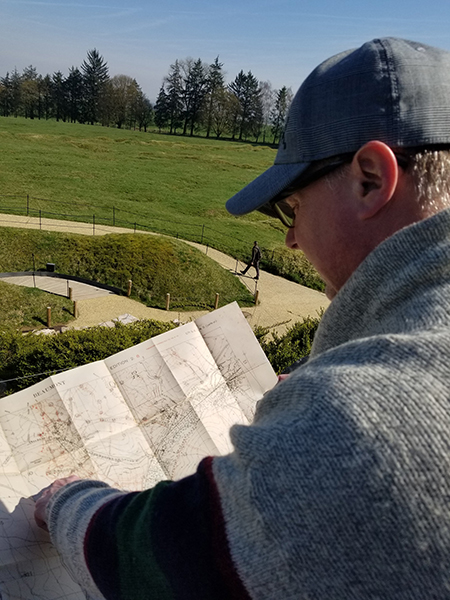
College of the Rockies

